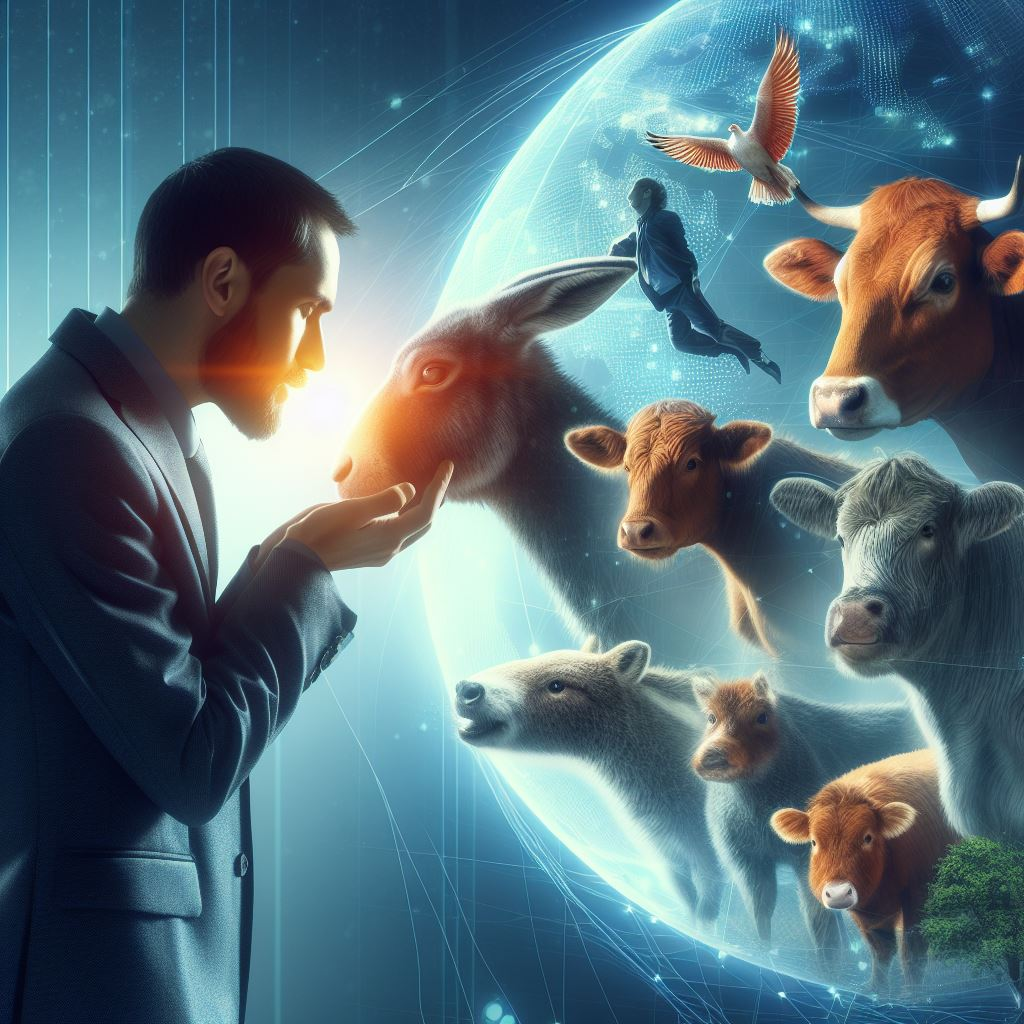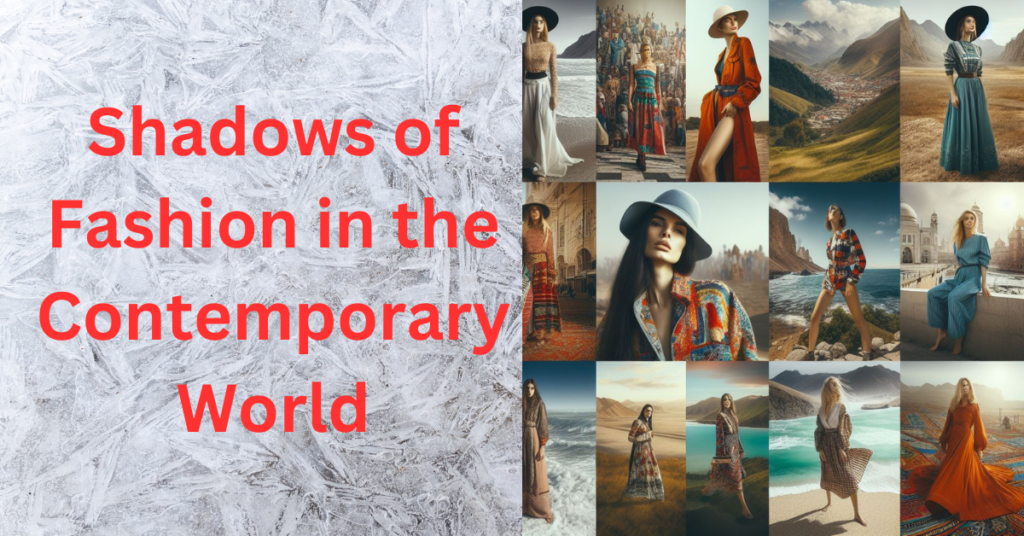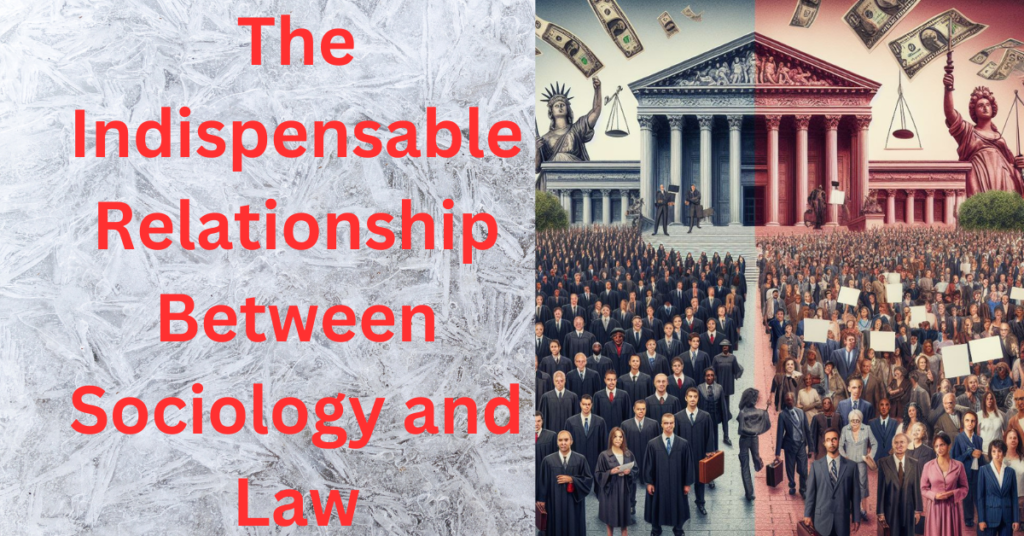Dr. Ashwani Kumar
Throughout human history, our relationship with animals has evolved from a source of food and companionship to a complex interplay of emotions and societal structures. This article explores the transformation of human-animal interactions and their impact on the development of social relations, from rural societies to the urban age as the possibility of such interactions exist by virtue of him being an animal and all our reactions with them is the resultant cause of our todays’ social structure.
“Every stage of societal structural development owed their genesis to our interaction with animals, the evolution of our interaction with animals resulted in the evolution of the current societal structure”.

The Interaction Through Fear – “Primitive interaction”
In the early stages of human history, animals were primarily hunted and gathered for food. This stage of human civilization is known as the hunting and gathering society, and in that era, human beings were not highly developed as social beings because there were no concepts of social institutions and organizations. They only required some individuals as hunting partners, and we can say animals, as a source of food, compelled them to create small groups. In the hunting and gathering society, the prime motivation was hunting, which made them aggressive and nomadic, resulting in a failure to develop durable relationships with other beings. There was no concept of family and religion during this period.
Interaction Through Arousal of Submission
As humans began to domesticate animals, they developed a more complex relationship, utilizing animals for various purposes, such as labor, companionship, and as symbols of status. This marked the era of domestication, extending from the domestication of animals to the domestication of human beings in the form of family units. Following the establishment of the family, rural society emerged.
In this setting, rural people were often characterized as humble, cooperative, and collaborative. However, the question arises: how did they maintain these positive relations, considering that human beings are known to experience both negative and positive emotions?
Interaction of Domination – “The venting – out Phase”.
During this era, humans seemed to express their negative emotions, such as anger, through forms of verbal abuse or punishment, particularly in interactions with animals. It appears that they were eager to establish dominance over subordinate entities.
Conversely, my opinion is that humans tend to share predominantly positive emotions, such as love and care, with fellow human beings. This implies that the emotional dynamics within the human-animal relationship were different from those within human-to-human interactions.
As societies became more complex, conflicts arose between classes, with those who did not associate with animal domestication asserting their power over others. This period witnessed the emergence of institutions such as education, religion, and polity, giving rise to experts within these institutions who dealt exclusively with human beings. Consequently, human beings began to express both negative and positive emotions in their interactions with one another.
During this era, there was a notable rise in the institutions of slavery, servitude, and various forms of oppression, as those in positions of power sought to control the labor and resources of others as humans had best and positive interactive experiences with Animals only and Ergo, it was natural for them to act under the impression that it was the best way to interact with anyone. History is evident in this period as the idea of power became a central and influential force in shaping social dynamics and hierarchies.
Interaction for Self Benefits – “The Separation phase”
With the rise of urbanization, the role of animals in society began to change. As humans became more reliant on technology and industrialization, the need for animals as a source of labor and food decreased (Resulting in reduced interactions with animals). This shift led to the emergence of a more self-centered society, where humans began to prioritize their own needs over those of animals.
In this society, all sections of society become increasingly separated from animals. As a result, every human being becomes dependent on each other to channelize both positive and negative emotions. This gave rise to the decentralization of power and inequalities, and human beings started to lack a sense of sympathy, cooperation, and collaboration. This, in turn, resulted in the emergence of institutions like the state, which imposed surveillance on human beings to exert control and compel them to share positive emotions, while limiting the expression of negative emotions.
Although modern institutions provide various platforms like sports and acting to manifest negative emotions in a professional manner, it is still evident in many cities how urban centers have become hubs of exploitation. This further gave rise to crime and various activities where human beings are ready to harm others.
The relationship between humans and animals has evolved over thousands of years, from a source of food and companionship to a complex interplay of emotions and societal structures. As humans have become more reliant on technology and industrialization, the role of animals in society has changed, leading to the emergence of a more self-centered society. However, the benefits of positive human-animal interactions are well-documented, and understanding these relationships can help us create a more compassionate and empathetic society.
Thus, “Our interactions with animals have been the base for establishing our interactive norms with each other and the resultant institutions that arise out of such interactions”.
The views and opinions expressed by the authors in this article are their personal opinions and do not represent the views of PureSociology. You can contact the author/s at [email protected]. The details of the authors are:
Dr. Ashwani Kumar is an Assistant professor in Sociology at Gurukashi University.



Informative..
Keep going .
Thnkuu sr
Animals nowadays are source of entertainment and commodification in the form of zoos, expensive dogs and cats are status symbols for rich class, and sadly they are source of food for non vegetarians nd many more. Still play important roles in human lives
Informative article.
Never thought of animals in this perspective. Article like this surely helps person like me see human animal relationship through different lens. Well done sir
This article provides a new perspective for sociology students. Thanku Sir